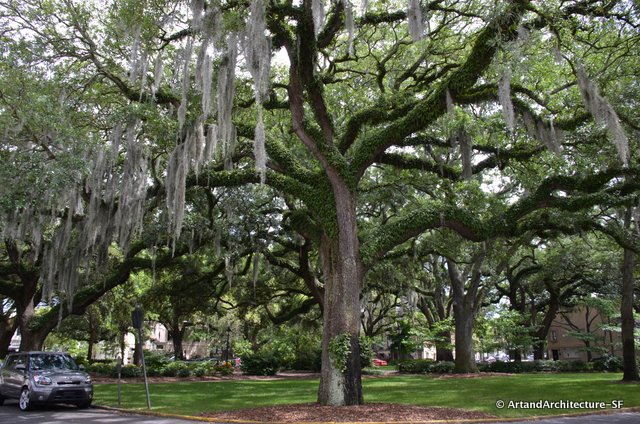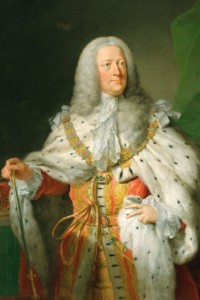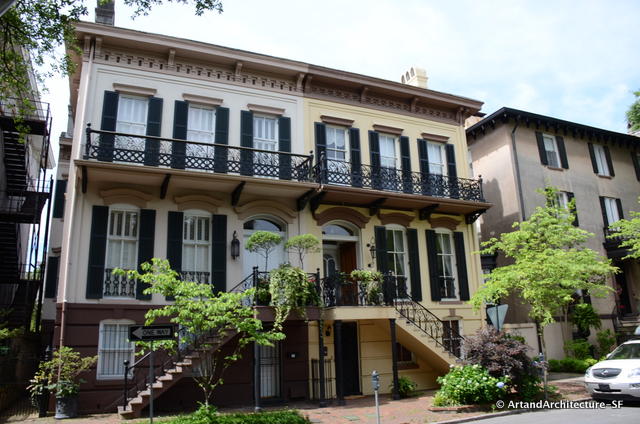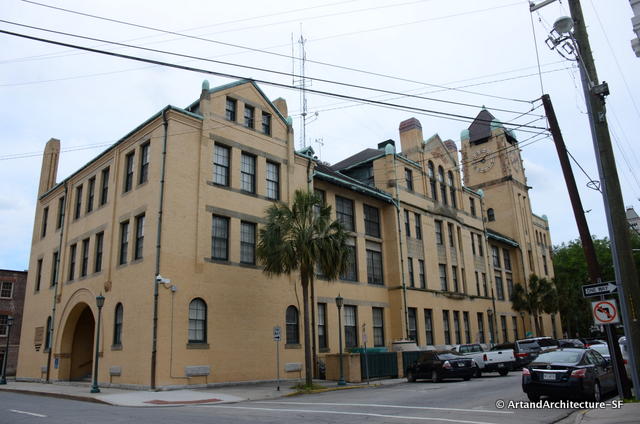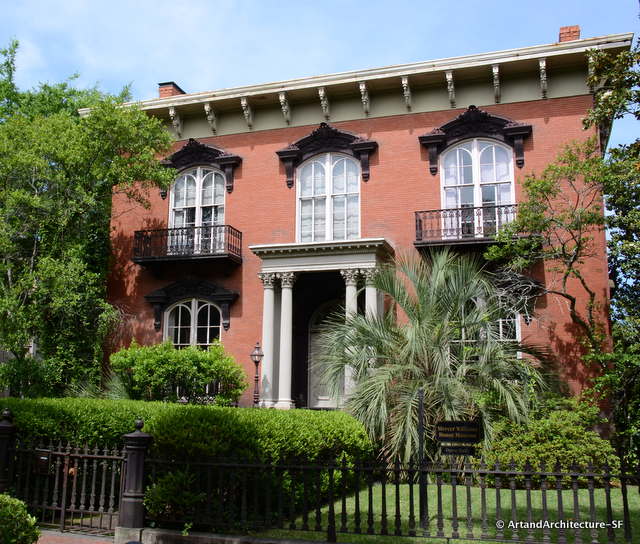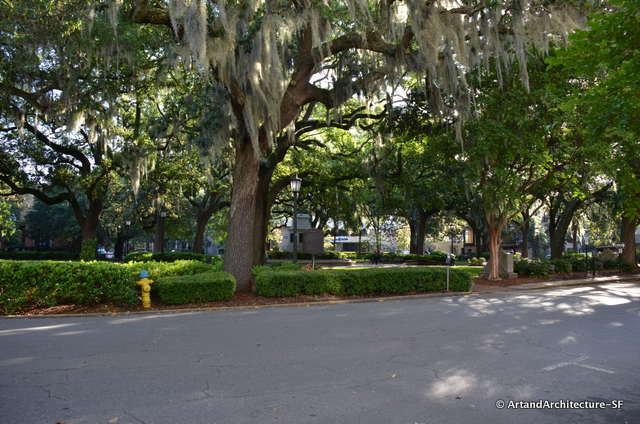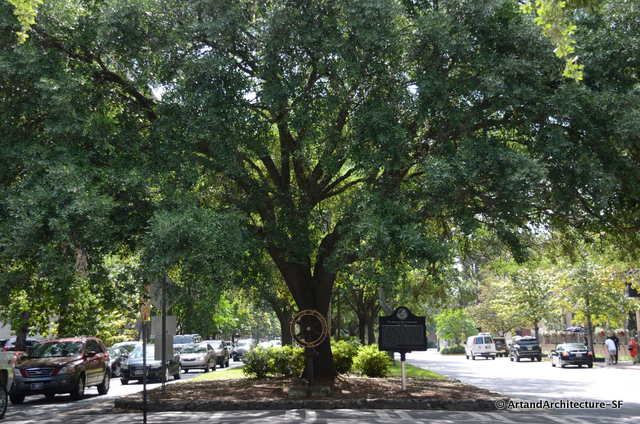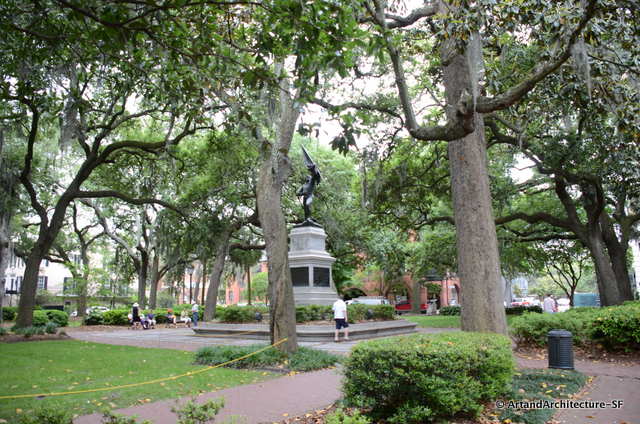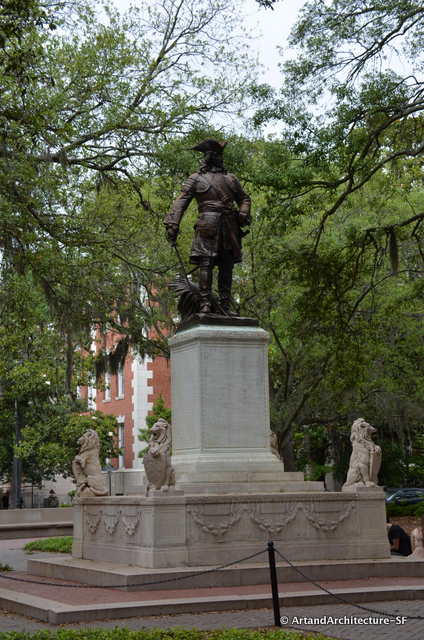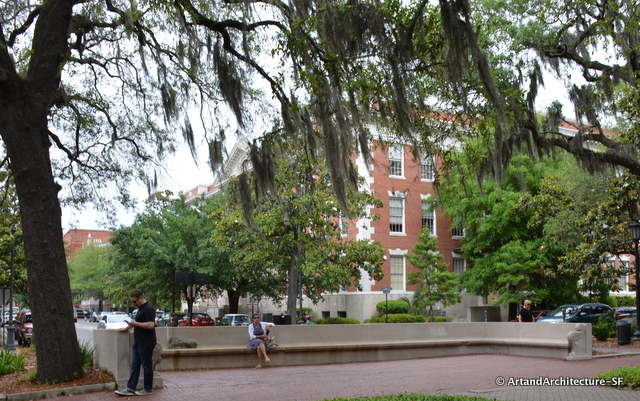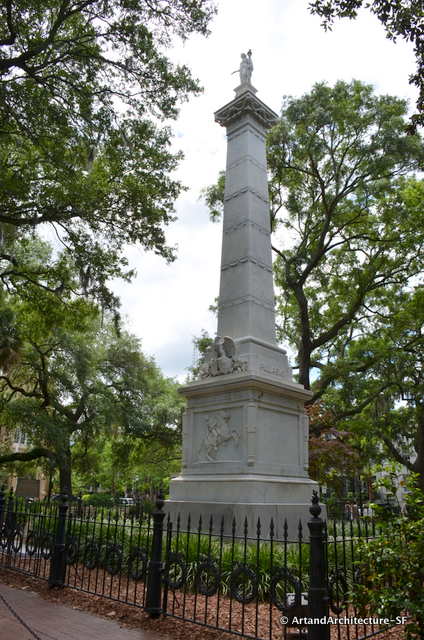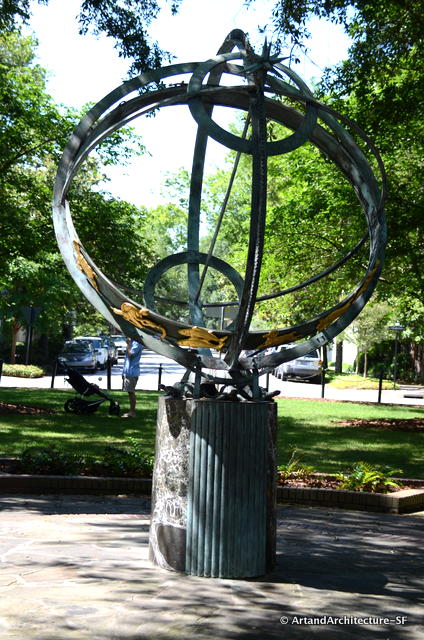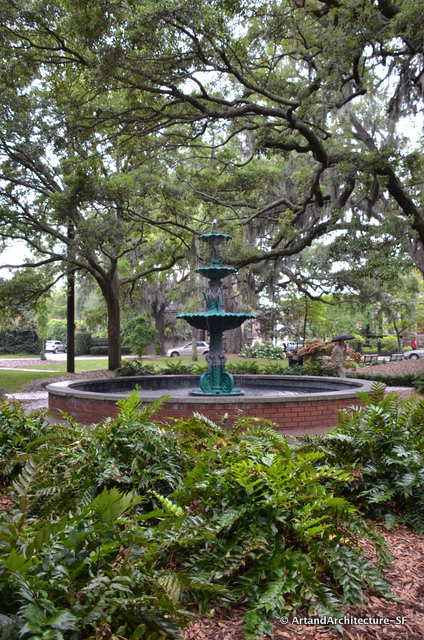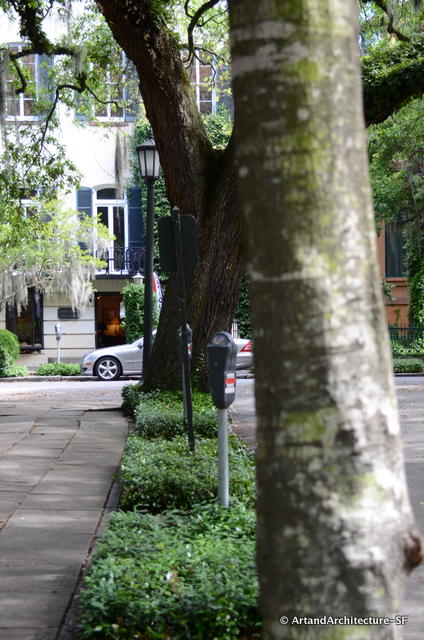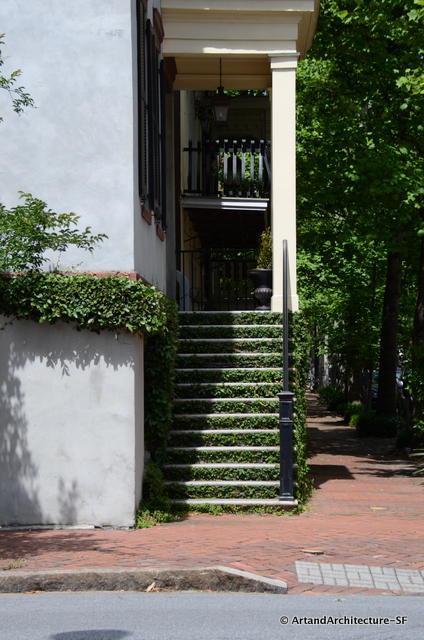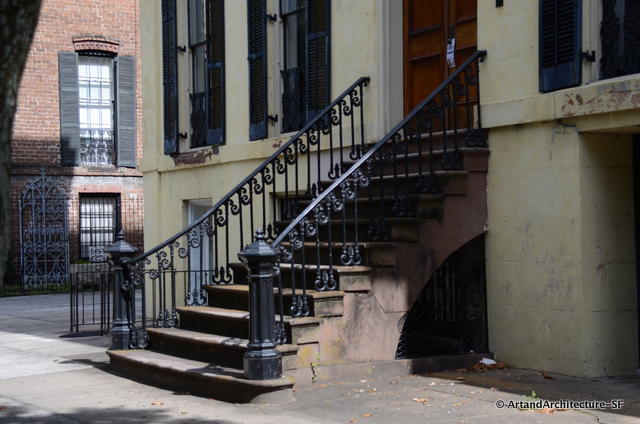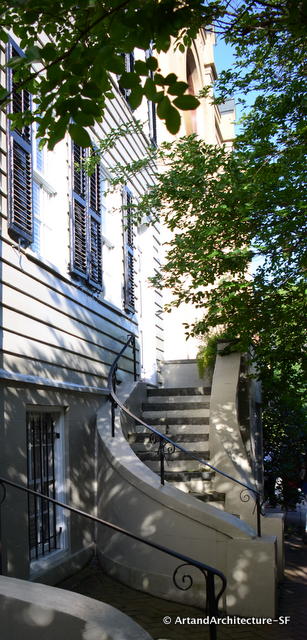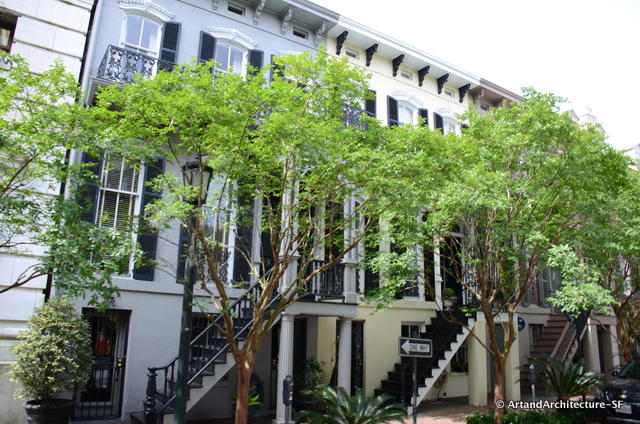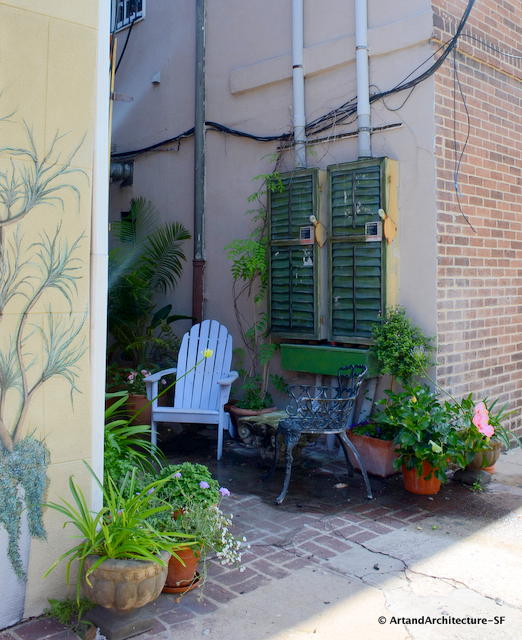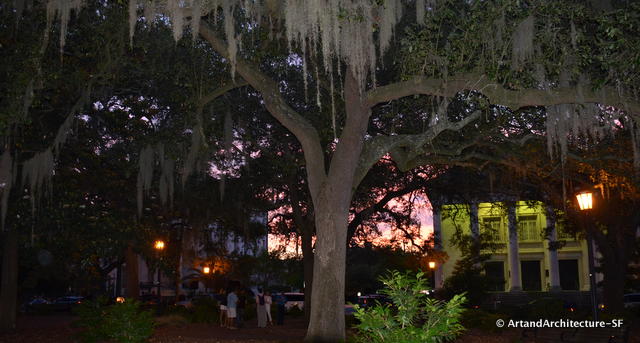I studied the squares of Savannah in Urban Planning classes at school. I was anxious to finally get to see them, but nothing compared to being educated further by Robin B. Williams, the Chair of the Architectural History Department at Savannah College of Art and Design. He has a book coming out in the fall of 2015 about the planning of Savannah, I look forward to its release. I will try, here, to do justice to his lecture.
General James Oglethorpe landed in Savannah on February 12, 1733. This new 13th Colony, called Georgia, was authorized by a grant from King George II to a group constituted by Oglethorpe as the Trustees for the Establishment of the Colony of Georgia in America, or simply the Georgia Trustees.
This colony was to be a sanctuary for Protestants and debtors in the English prisons. Oglethorpe had seen a friend die of smallpox in debtor’s prison, however, there were no debtors amongst the original settlers.
The new colony also served as a buffer between the Spanish in Florida and the rest of the English Colonies to the north.
The actual person that laid out Savannah, though attributed to Oglethorpe, and the actual germinating seed for the idea, are hazy, but the original city plan of Savannah has proved to be one of the finest ever devised.
The concept of Savannah was to emphasize hard work, essentially an agrarian life was thought to be the ideal. Settlers would be given a town lot as well as 45 acres outside of Savannah and a 5 acre garden plot. You were allowed to purchase an extra 500 acres, but no more. This was actually the beginning of the concept in America that “all men are created equal”.
The town plan was based on the fact that each ward would have a square. Savannah’s plan reflects political and organizational considerations of the day. Each ward had tythingmen, who shared guard and other duties, or “wardens”.
Around these squares were Tythings. In those days Ty simply meant 10. So on the north and south side of each square were 10 residential lots, giving each ward a total of 40. Tything lots were 60′ X 90′. Townhouses came to tything lots in the 1800s.
On each square were 4 trust lots. These were meted out to the deserving recipient by the “trustees” of Savannah. These trust lots were to be for public buildings, most notably places of worship. However, most of the largest mansions are on these trust lots. Considering that these mansions were built when cotton was king, while Professor Williams did not say, I assume money had much to do with it.
The plan made for interesting street layouts as well. There are Civic Streets that are 75′ wide, they come in contact with the parks and have been tree lined since the 1800s.
The lanes are the utilitarian streets. These run through the tything lots and tend not to have trees. This area is where the carriage houses would have been, today they handle the garbage, sewers, phone and electric. This is a good reason Savannah is so lovely, the utilities are hidden from the main streets and squares.
One interesting effect of the Lane and carriage house was the fact that the slave population actually had an ingress and egress to the world. The slaves lived in the carriage houses, and this access gave them mobility.
Liberty Street and Oglethorpe Avenue are the only two major arteries. These two streets have tree lined medians.
There were originally 24 squares, but the heyday of the 1960s and 1970s saw the loss of two of them. Many of them include statuary of important Savannahians. Caution however, the person named in the statue is never the person the square is named after, and yet there will be a statue of a person who also has a square named after them…confused yet?
Originally the streets of Savannah were dirt, so the trees were planted in the street rather than the road. Once the streets were paved the trees were given their own strips, these are called Tree Lawns.
Savannah homes are elevated and sit directly on their lot line. This means that their entry stairways actually sit on public property. Each home, to this day, must file for an encroachment agreement. The stairs of Savannah are as varied as can be and just lovely.
*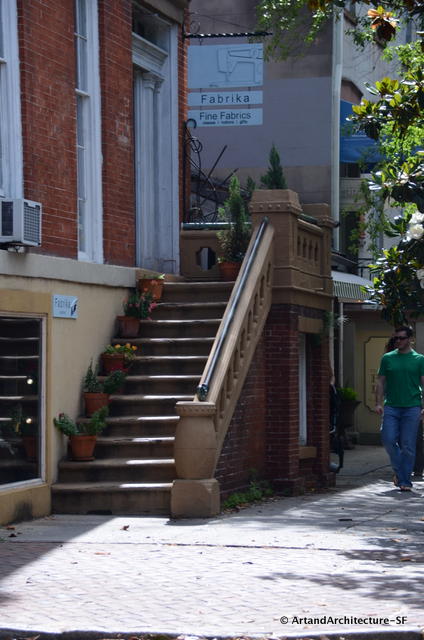 This plan worked so well that it survived seven expansions of the city from 1790 to 1850. It is still studied as an ideal, walkable, livable plan.
This plan worked so well that it survived seven expansions of the city from 1790 to 1850. It is still studied as an ideal, walkable, livable plan.
I wanted to leave you with the four tenets that Oglethorpe founded Savannah on.
Religious liberty was guaranteed, except for Roman Catholicism. The Catholicism ban was not against Catholics as against their ability to build a church. This was a military decision, as the Spanish were just a ways away in Florida, a highly catholic establishment.
Slavery was forbidden, but was allowed in South Carolina, so it was widely ignored. On January 1, 1751, much to the disgust of Oglethorpe the parliament made slavery legal in Savannah.
Hard liquor and spirits were forbidden. Beer and wine were fine, however, they weren’t perfect.
Lastly, no lawyers, on the theory that a gentleman should always be able to defend himself.
An additional one I find of extreme interest also was a statue requiring compliance with the Law for Maintaining Peace with the Indians. Oglethorpe had an excellent relationship with the local Indians.
